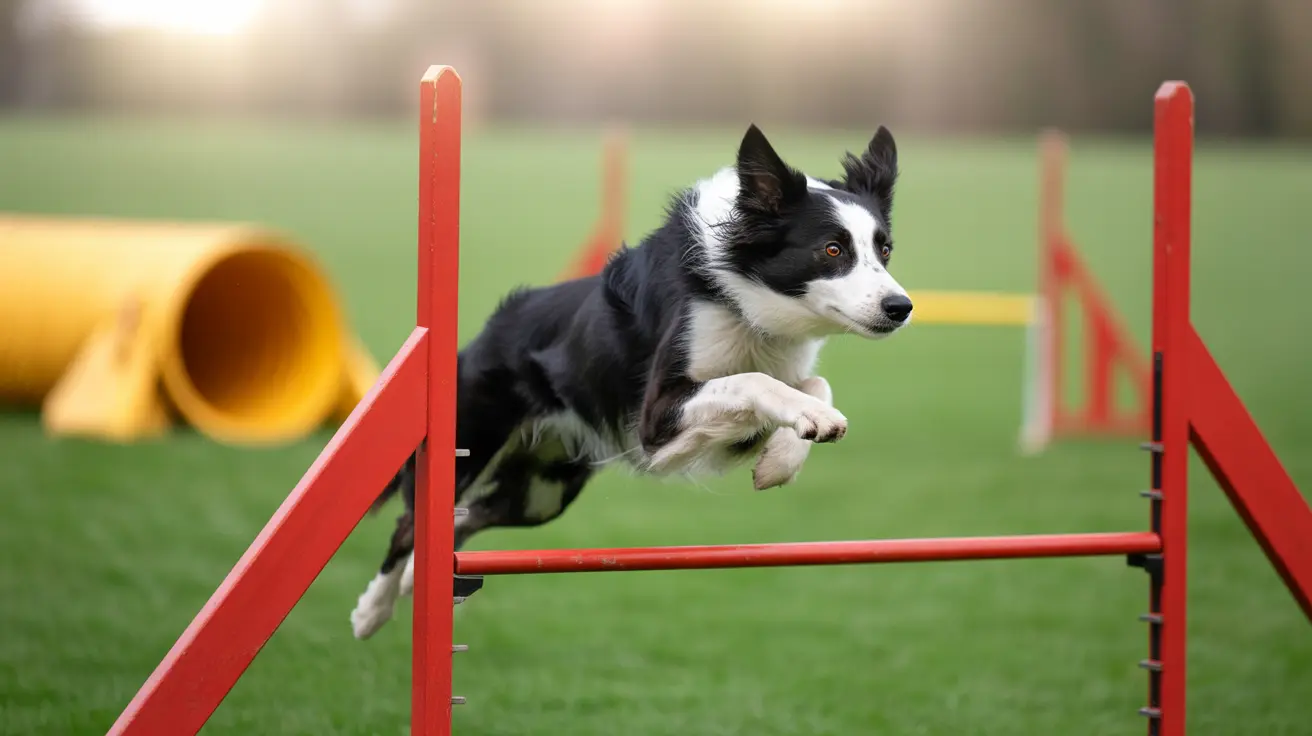Can a Dog Heal Its Own Wound? Understanding Wound Care in Dogs
Dogs are curious, energetic animals that inevitably get into situations where cuts, scrapes, or more serious wounds may occur. It’s natural for pet owners to wonder:
can a dog heal its own wound? While dogs may instinctively lick their wounds, this behavior alone is insufficient and can sometimes hinder healing or lead to infections.
Instinct vs. Effective Healing
Dogs tend to lick their wounds due to an instinctive behavior dating back to wild ancestors. Saliva contains some antibacterial properties, and licking may help remove surface debris. However, excessive licking:
- Prevents scab formation
- Introduces new bacteria to the wound
- Delays healing and causes irritation
- May create hotspots or exacerbate injuries
Ultimately,
professional veterinary care and appropriate home treatment are often necessary for wounds to heal properly.
Types of Dog Wounds
Understanding common wound types helps assess when care is needed:
- Minor Cuts and Abrasions: Often caused by play, sharp objects, or rough terrain.
- Deep Lacerations: Deeper injuries needing cleaning and often suturing.
- Bite Wounds and Punctures: Can be deceptively serious due to bacteria being pushed deep into tissue.
- Burns: From heat, chemicals, or friction, these require gentle handling and possibly medication.
- Hot Spots: Result from persistent licking or scratching, leading to moist irritated skin.
- Surgical Wounds: Post-operative wounds that need protection to avoid infections or reopening.
When to Seek Veterinary Attention
A vet visit is advised when:
- The wound is deep, bleeding heavily, or won’t stop bleeding within a few minutes
- There is visible muscle or bone
- The injury is near sensitive areas (eyes, head, chest, abdomen)
- There is noticeable swelling, redness, discharge, or foul odor
- An object is embedded in the wound
- The dog was in an accident or shows signs of trauma
- Healing seems delayed or symptoms worsen
Essential First Aid Kit for Dogs
Preparing a pet-first aid kit helps with emergency care:
- Muzzle (for safety during care)
- Antiseptic solution (e.g., chlorhexidine or povidone-iodine)
- Sterile gauze pads and non-stick dressings
- Self-adhesive bandages and blunt-tipped bandage scissors
- Tweezers, disposable gloves, spray bottles
- Antimicrobial ointment for dogs (avoid corticosteroids unless advised)
- Elizabethan collar (recovery cone)
Steps for Treating Minor Wounds
If the wound is minor and manageable at home, follow these steps:
- Restrain safely – use a muzzle if necessary; even friendly dogs may snap in pain.
- Assess the wound – check for depth, bleeding, and foreign objects.
- Apply pressure – use clean gauze to stop bleeding (seek help if it continues beyond a few minutes).
- Inspect and clean – remove debris with tweezers if safe, use saline or lukewarm water to rinse (avoid alcohol or hydrogen peroxide).
- Trim fur – carefully shave around the area with clippers for visibility and hygiene.
- Apply ointment – use dog-safe antimicrobial creams without steroids unless prescribed.
- Bandage properly – cover with sterile gauze, secure without constricting, and change daily.
- Prevent licking – use a cone or dog shirt to discourage interference with healing.
- Observe and monitor – look for signs of infection like swelling, discharge, foul odor, or behavior changes.
Special Care Situations
More complex wounds need tailored care:
- Facial or abdominal wounds: Often require open healing or surgical intervention due to complexity and contamination risk.
- Post-surgical care: Keep wounds clean, dry, and follow vet instructions strictly.
- Broken nails: Stop bleeding and seek help if dislocation or infection is suspected.
Preventing Wounds in Dogs
The best care is preventing injury altogether:
- Supervise play and avoid hazards
- Keep sharp or dangerous objects out of reach
- Use leashes in public and unknown environments
- Ensure vaccinations, especially rabies, are up to date
Conclusion
While dogs may attempt to self-heal minor wounds through licking, this method alone is neither adequate nor safe.
Proper wound cleaning, monitoring, and veterinary input ensure your dog heals safely and comfortably. Knowing when and how to react keeps your furry friend on the path to full recovery.





